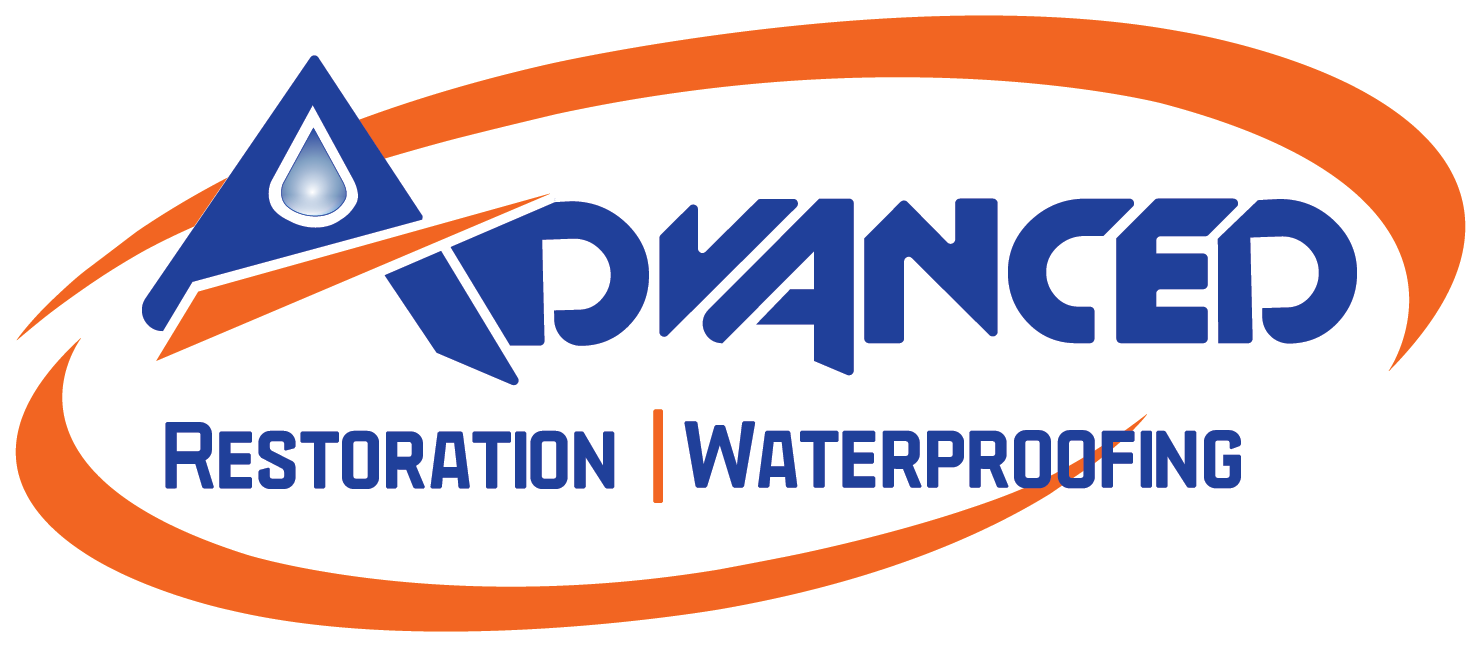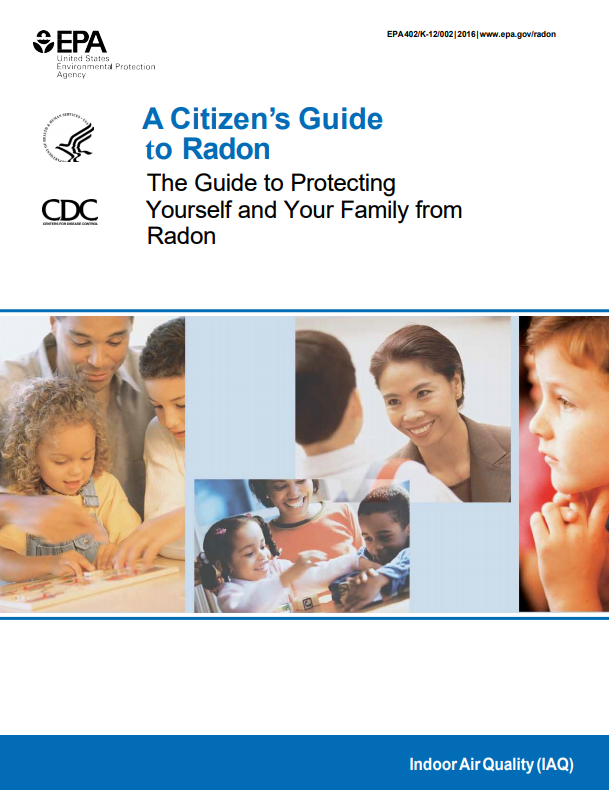Radon
Mitigation
Radon Gets in Through:
1. Cracks in solid floors
2. Construction joints
3. Cracks in walls
4. Gaps in suspended floors
5. Gaps around service pipes
6. Cavities inside walls
7. The water supply
Why Is Radon Mitigation Important?
Radon is a cancer-causing, radioactive gas.
You can’t see radon, and you can’t smell or taste it, but it may be a problem in your home. Radon is estimated to cause thousands of deaths each year because when you breathe air containing radon, you can develop lung cancer. In fact, the Surgeon General has warned that radon is the second leading cause of lung cancer in the United States today, after smoking. If you smoke and your home has high radon levels, your risk of lung cancer is especially high.
Radon can be found all over the U.S.
Radon comes from the natural (radioactive) breakdown of uranium in soil, rock, and water, and gets into the air you breathe. Radon can be found all over the U.S. and can enter any type of building—homes, offices, and schools—resulting in high indoor radon levels. However, you and your family are most likely to have the greatest exposure at home, where you spend most of your time. This underscores the importance of radon mitigation.
You should test for radon.
Testing is the only way to know if you and your family are at risk from radon. The EPA and the Surgeon General recommend testing all homes below the third floor for radon and also suggest testing in schools. Testing is inexpensive and easy—it should only take a few minutes of your time. Millions of Americans have already tested their homes for radon.
We can fix a radon problem.
Radon reduction systems work and they are not too costly. Some radon reduction systems can reduce radon levels in your home by up to 99%. Even very high levels can be reduced to acceptable levels. New homes can be built radon-resistant.
Radon Gets in Through:
1. Cracks in solid floors
2. Construction joints
3. Cracks in walls
4. Gaps in suspended floors
5. Gaps around service pipes
6. Cavities inside walls
7. The water supply
Why Is Radon Mitigation Important?
Radon is a cancer-causing, radioactive gas.
You can’t see radon, and you can’t smell or taste it, but it may be a problem in your home. Radon is estimated to cause thousands of deaths each year because when you breathe air containing radon, you can develop lung cancer. In fact, the Surgeon General has warned that radon is the second leading cause of lung cancer in the United States today, after smoking. If you smoke and your home has high radon levels, your risk of lung cancer is especially high.
Radon can be found all over the U.S.
Radon comes from the natural (radioactive) breakdown of uranium in soil, rock, and water, and gets into the air you breathe. Radon can be found all over the U.S. and can enter any type of building—homes, offices, and schools—resulting in high indoor radon levels. However, you and your family are most likely to have the greatest exposure at home, where you spend most of your time. This underscores the importance of radon mitigation.
You should test for radon.
Testing is the only way to know if you and your family are at risk from radon. The EPA and the Surgeon General recommend testing all homes below the third floor for radon and also suggest testing in schools. Testing is inexpensive and easy—it should only take a few minutes of your time. Millions of Americans have already tested their homes for radon.
We can fix a radon problem.
Radon reduction systems work and they are not too costly. Some radon reduction systems can reduce radon levels in your home by up to 99%. Even very high levels can be reduced to acceptable levels. New homes can be built radon-resistant.
Let us Serve You!
Schedule Your FREE No-Obligation Inspection Now!
See Payment Options
© 2024 Advanced Restoration & Waterproofing | Developed by NuMedia Marketing

